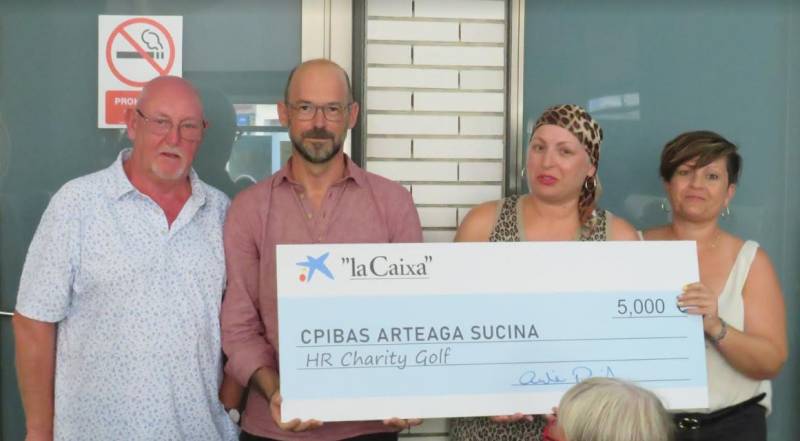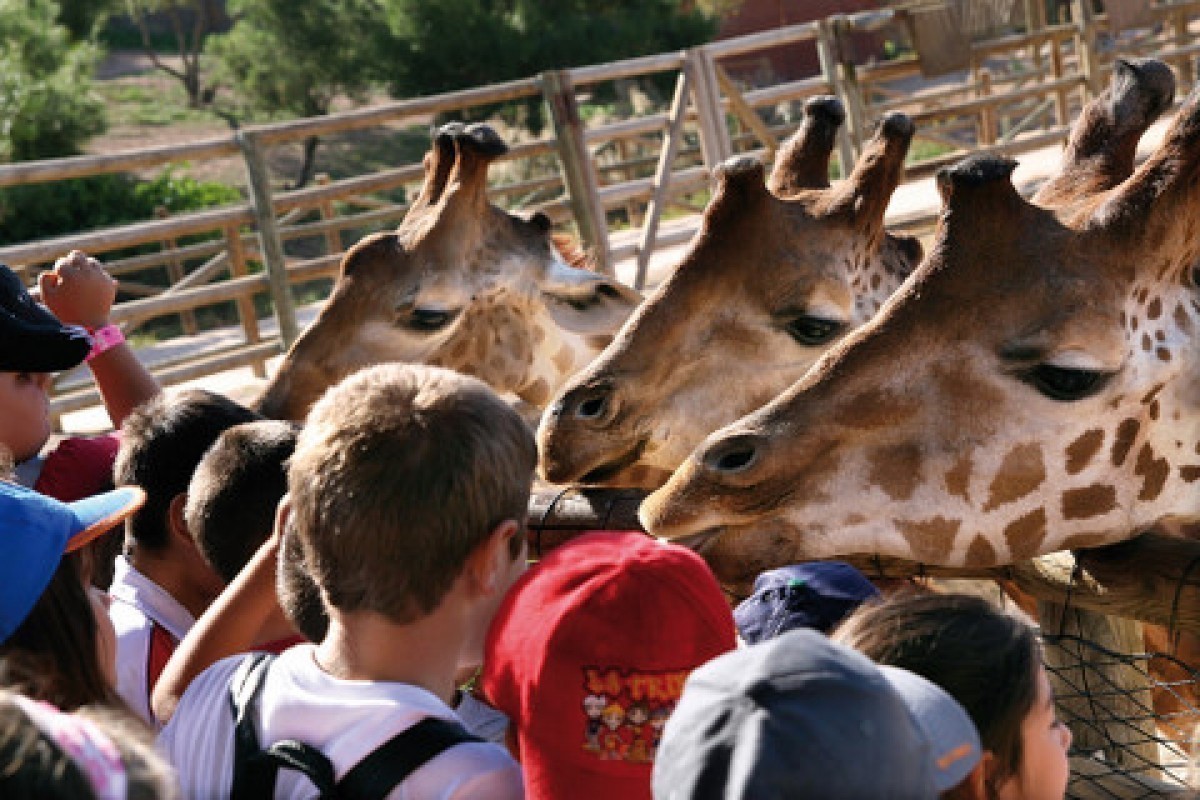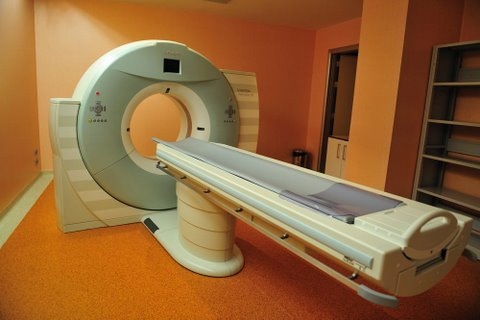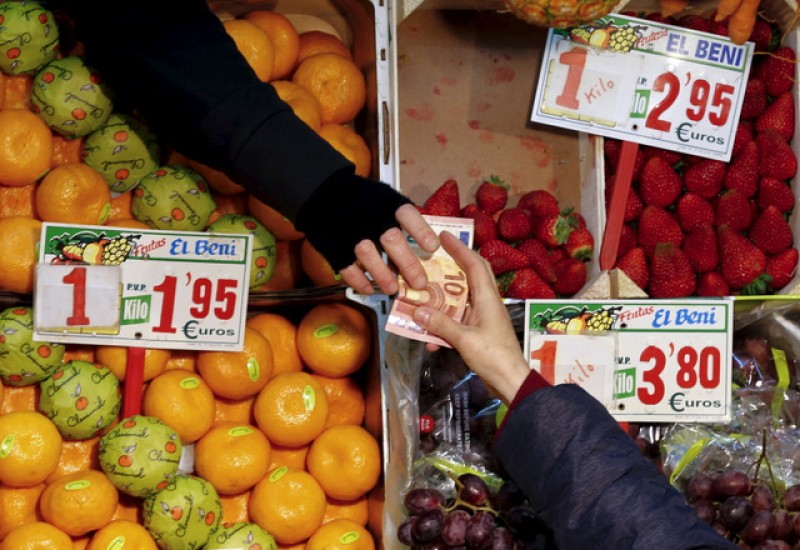- Region
- Águilas
- Alhama de Murcia
- Jumilla
- Lorca
- Los Alcázares
- Mazarrón
- San Javier
-
ALL AREAS & TOWNS
- AREAS
- SOUTH WEST
- MAR MENOR
- MURCIA CITY & CENTRAL
- NORTH & NORTH WEST
- TOWNS
- Abanilla
- Abarán
- Aguilas
- Alamillo
- Alcantarilla
- Aledo
- Alhama de Murcia
- Archena
- Balsicas
- Blanca
- Bolnuevo
- Bullas
- Cañadas del Romero
- Cabo de Palos
- Calasparra
- Camping Bolnuevo
- Campo De Ricote
- Camposol
- Canada De La Lena
- Caravaca de la Cruz
- Cartagena
- Cehegin
- Ceuti
- Cieza
- Condado de Alhama
- Corvera
- Costa Cálida
- Cuevas De Almanzora
- Cuevas de Reyllo
- El Carmoli
- El Mojon
- El Molino (Puerto Lumbreras)
- El Pareton / Cantareros
- El Raso
- El Valle Golf Resort
- Fortuna
- Fuente Alamo
- Hacienda del Alamo Golf Resort
- Hacienda Riquelme Golf Resort
- Isla Plana
- Islas Menores & Mar de Cristal
- Jumilla
- La Azohia
- La Charca
- La Manga Club
- La Manga del Mar Menor
- La Pinilla
- La Puebla
- La Torre
- La Torre Golf Resort
- La Unión
- Las Palas
- Las Ramblas
- Las Ramblas Golf
- Las Torres de Cotillas
- Leiva
- Librilla
- Lo Pagan
- Lo Santiago
- Lorca
- Lorquí
- Los Alcázares
- Los Balcones
- Los Belones
- Los Canovas
- Los Nietos
- Los Perez (Tallante)
- Los Urrutias
- Los Ventorrillos
- Mar De Cristal
- Mar Menor
- Mar Menor Golf Resort
- Mazarrón
- Mazarrón Country Club
- Molina de Segura
- Moratalla
- Mula
- Murcia City
- Murcia Property
- Pareton
- Peraleja Golf Resort
- Perin
- Pilar de la Horadada
- Pinar de Campoverde
- Pinoso
- Playa Honda
- Playa Honda / Playa Paraíso
- Pliego
- Portmán
- Pozo Estrecho
- Puerto de Mazarrón
- Puerto Lumbreras
- Puntas De Calnegre
- Region of Murcia
- Ricote
- Roda Golf Resort
- Roldan
- Roldan and Lo Ferro
- San Javier
- San Pedro del Pinatar
- Santiago de la Ribera
- Sierra Espuña
- Sucina
- Tallante
- Terrazas de la Torre Golf Resort
- Torre Pacheco
- Totana
- What's On Weekly Bulletin
- Yecla


- EDITIONS:
 Spanish News Today
Spanish News Today
 Alicante Today
Alicante Today
 Andalucia Today
Andalucia Today
article_detail
A history of Sucina
The earliest remains found in Sucina date back to the Neolithic
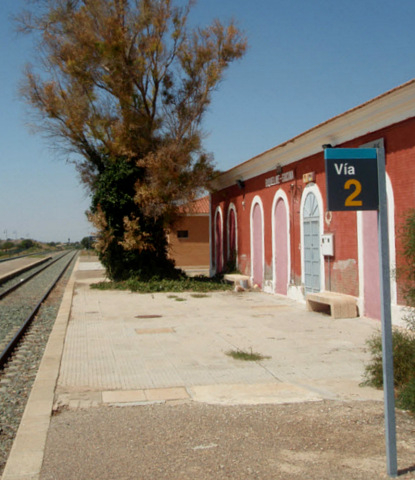 The Region of Murcia is an area with a rich and extensive history, with a great deal of prehistoric habitation dating back to the earliest pre-hominid species including Neanderthals.
The Region of Murcia is an area with a rich and extensive history, with a great deal of prehistoric habitation dating back to the earliest pre-hominid species including Neanderthals.
The earliest remains in Sucina date back to the Neolithic (around 6000 BC to 3500 BC), from when indigenous pottery fragments have been found on the hillside by the Casa del Palmero. There is also evidence of Bronze Age occupation (roughly 1850 BC to 600 BC) at the sites of La Ceña and La Peraleja, where the remains of homes have been found as well as fortified areas on the small hill of Peraleja and the remains of burial sites in urns and kists.
There is documentation of Iberian sites (525BC to 50BC) in Cañada Redonda, Borrambla and Puerto de Sucina, and in Morata Chica there is evidence of Roman habitation from the 2nd century AD alongside Iberian ceramic items. This is in keeping with the discoveries made in many Iberian settlements of the time, as following the Roman occupation of the area in 209 BC many of the Iberian population adopted Roman farming techniques and gradually became “romanised" until the population lost its own “Iberian “ identity around 50BC.
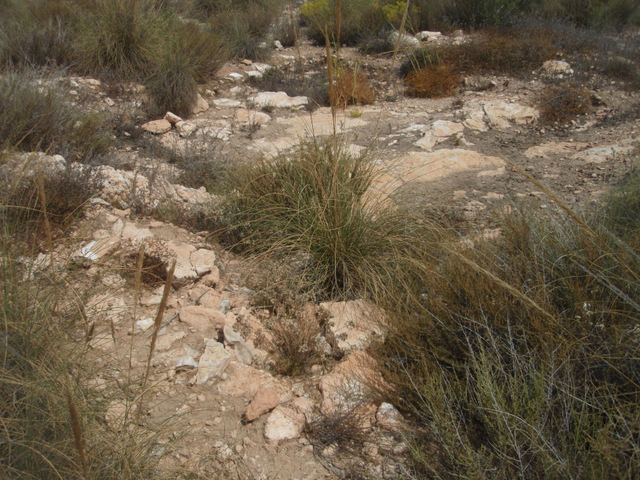 This region was an important trading settlement for the Romans, and from the port of Cartagena vast amounts of Spanish produce including olive oil, esparto grass and minerals were shipped out across the Roman Empire. Shards of olive oil bottles bearing Murcian marks have been found in rubbish dumps of Roman ceramics in Rome, evidence of the distance produce travelled to feed what was then the largest city in the world.
This region was an important trading settlement for the Romans, and from the port of Cartagena vast amounts of Spanish produce including olive oil, esparto grass and minerals were shipped out across the Roman Empire. Shards of olive oil bottles bearing Murcian marks have been found in rubbish dumps of Roman ceramics in Rome, evidence of the distance produce travelled to feed what was then the largest city in the world.
The paved Roman road which ran between between Orihuela and Cartagena passed through Sucina by the foothills of La Vereda, and this explains the remains of what could have been Roman villas in the locality since small Roman settlements would probably have existed all along this main trading route.
The origin of the name of Sucina is not known for certain. Some associate it with the Latin “sucinus”, meaning amber, but more likely is the possibility that it comes from a corruption or contraction of “sub-encina”, or “under the holm oak”. Those supporting this theory deduce that the term was used to describe the first house of the town, built in the shade of such a tree.
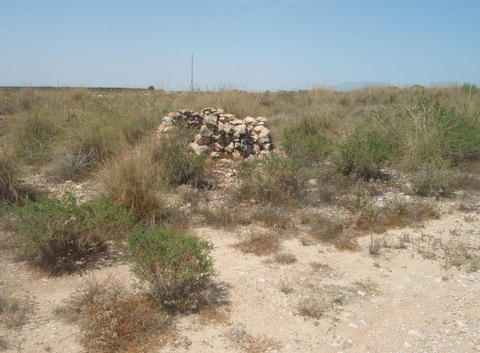 Whatever the derivation of the name, it appears in documents as early as the 15th century in reference to a hamlet, and in 1468 the deeds for a plot of land refer to a place known as Pozo de Sucina ("pozo" meaning "well").
Whatever the derivation of the name, it appears in documents as early as the 15th century in reference to a hamlet, and in 1468 the deeds for a plot of land refer to a place known as Pozo de Sucina ("pozo" meaning "well").
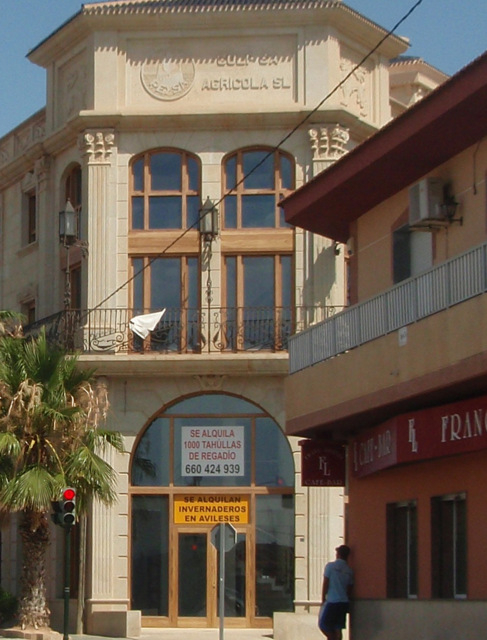 As the town grew, the distance from the nearest churches became a problem, and in 1744 Baltasar Arteaga decided to build the parish church, dedicating it to the Virgen del Rosario. Stone from the local Loma del Molino was used in the construction and the image of Nuestra Señora del Rosario which still presides over the church was commissioned from the sculptor Roque López, pupil of the famous Murcia sculptor, Francisco Salzillo. By 1768 there were as many as 919 people living in the town, and in 1785 it became part of Murcia with its own local Mayor. At this time it was still a simple rural town where the main economic activities were agriculture and there were small flocks of sheep.
As the town grew, the distance from the nearest churches became a problem, and in 1744 Baltasar Arteaga decided to build the parish church, dedicating it to the Virgen del Rosario. Stone from the local Loma del Molino was used in the construction and the image of Nuestra Señora del Rosario which still presides over the church was commissioned from the sculptor Roque López, pupil of the famous Murcia sculptor, Francisco Salzillo. By 1768 there were as many as 919 people living in the town, and in 1785 it became part of Murcia with its own local Mayor. At this time it was still a simple rural town where the main economic activities were agriculture and there were small flocks of sheep.
During the three-year period known as the “Trienio Liberal”, from 1820 to 1823, Sucina, like many other localities across Spain, created its own Town Hall, but this lasted only until 1834 due to the insufficiency of its economic resources. By the mid-nineteenth century it was an outlying borough under the administration of the Town Hall of Murcia.
Throughout the nineteenth century the town lived off its crops of barley, oats and wheat, as well as olive oil production and small herds of goats and sheep.
In the 20th century the old train station which can still be seen outside Hacienda Riquelme Golf Resort was built. It is still in a good state of repair, and features a stylish painted façade and a clock modelled on the style of the century before. Next to the station is a eucalyptus tree said to be almost a thousand years old, which in the past provided some welcome shade for passengers awaiting trains.
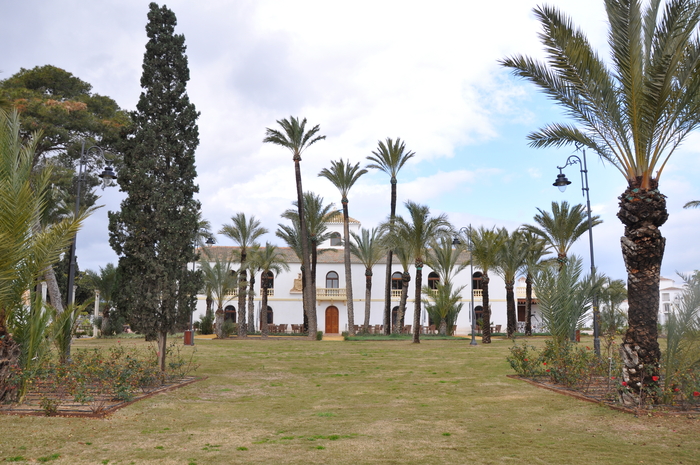 In the latter half of the century the population of the town dwindled, falling from 1,700 in 1960 to under a thousand in 1990, but since then there has been considerable growth thanks to the services sector and residential developments: in 2012 there were over 2,000 people registered as resident in the locality.
In the latter half of the century the population of the town dwindled, falling from 1,700 in 1960 to under a thousand in 1990, but since then there has been considerable growth thanks to the services sector and residential developments: in 2012 there were over 2,000 people registered as resident in the locality.
The land is still farmed, with almonds and carob beans for animal food being among the main products alongside leaf vegetables, but the future of Sucina seems to lie in the new residential developments which have arisen both in the town and around it.
Click for more Sucina information in the Sucina section of Murcia Today.
article_detail
Contact Murcia Today: Editorial 000 000 000 /
Office 000 000 000


